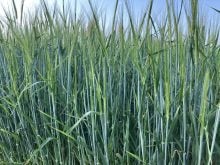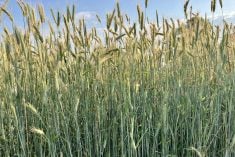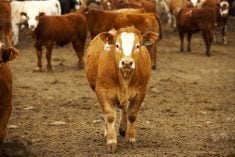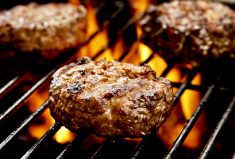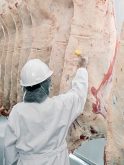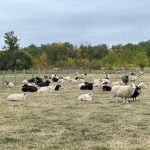Though beef-on-dairy seems to be discussed more now than ever, the intersection of the two types of cattle isn’t as new as you may think.
According to Dr. Kee Jim, senior lead of animal agriculture at Telus and managing director for G.K. Jim Farms, we’ve been eating beef-on-dairy cattle for decades. Now, it’s only increasing.
“In my 41 years of doing feedlot work and being involved with feedlot cattle, this is the most significant development I’ve seen in terms of the opportunity to create something that’s distinctly different than what we’ve done in the past,” he said at the Canadian Beef Industry Conference in Saskatoon last August.
Read Also
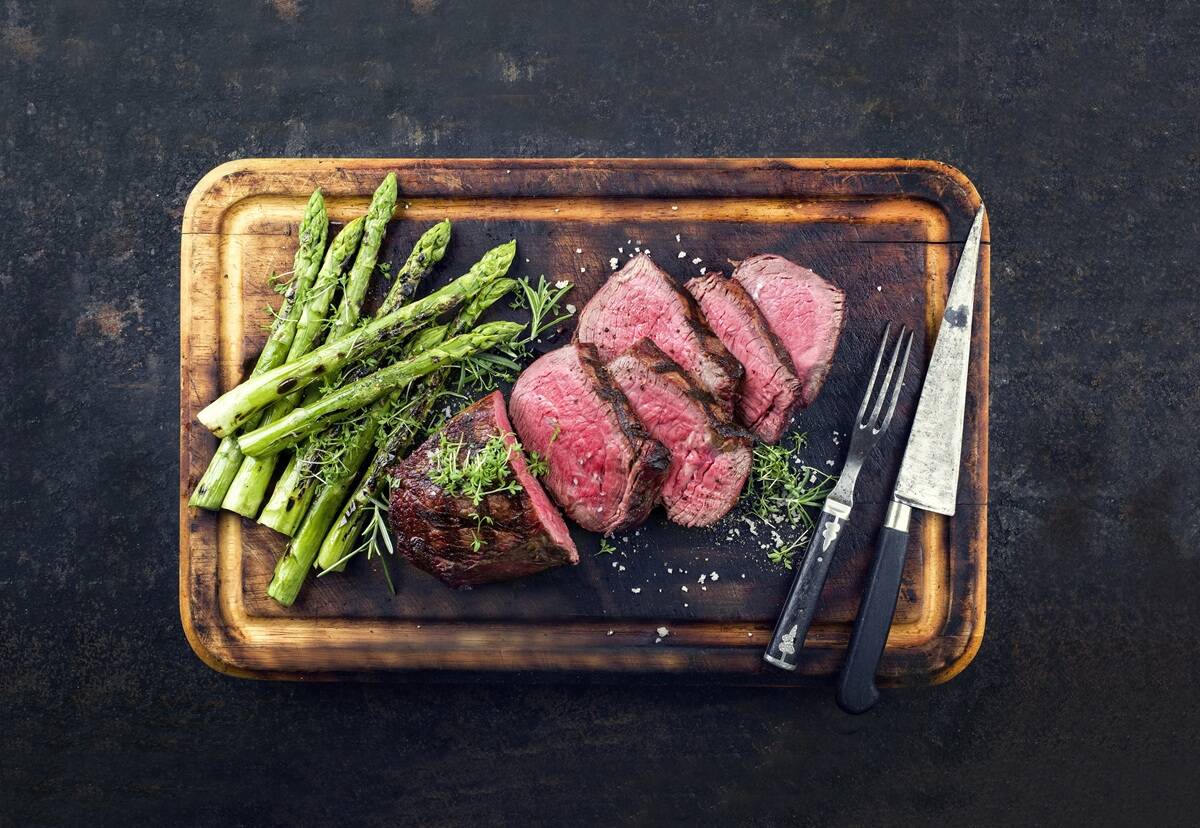
Building demand together: The impact of Canada’s beef import levy
The beef import levy has become a central tool for ensuring balance in Canada’s beef industry
Jim has been expanding his company to include a beef-on-dairy model in its feedlots. He is also involved with the construction and operation of a feedlot designed specifically for beef-on-dairy in the U.S.
History
While many believe it’s new due to recent interest, Jim said there’s been crossbreeding since the ’40s and ’50s. However, something needed to happen to make the beef-on-dairy system more popular. That occurred when sexed semen became widely used in the dairy industry.
Using sexed semen allowed dairy producers to get 90 per cent high-quality female dairy calves.
This led to the collapse of the Holstein bull calf market, especially after a packer in the U.S. cut Holstein bull calves from its program because beef cattle usually have better carcass characteristics. At that time, one of the packer’s customers was Walmart, who said it didn’t want any more dairy-influenced meat in its system.
“That obviously had a pretty major effect on the Holstein steer picture,” Jim said.
He said, historically, Holstein steers had accounted for anywhere between 17 to 22 per cent of fed beef production.
“If you (went) into a grocery store at random and (chose) a steak, one in five times that animal originated from a dairy and was likely in the past a Holstein steer.”
After the market for the Holstein bulls collapsed, dairy producers had to find a new way to re-enter the market. With both the U.S. beef herd and the Canadian beef herd shrinking — the U.S. herd is the smallest since 1951 and Canada’s the smallest since 1987 — there is room for the dairies to step in. In comparison, the dairy herd in the U.S. has remained relatively static.
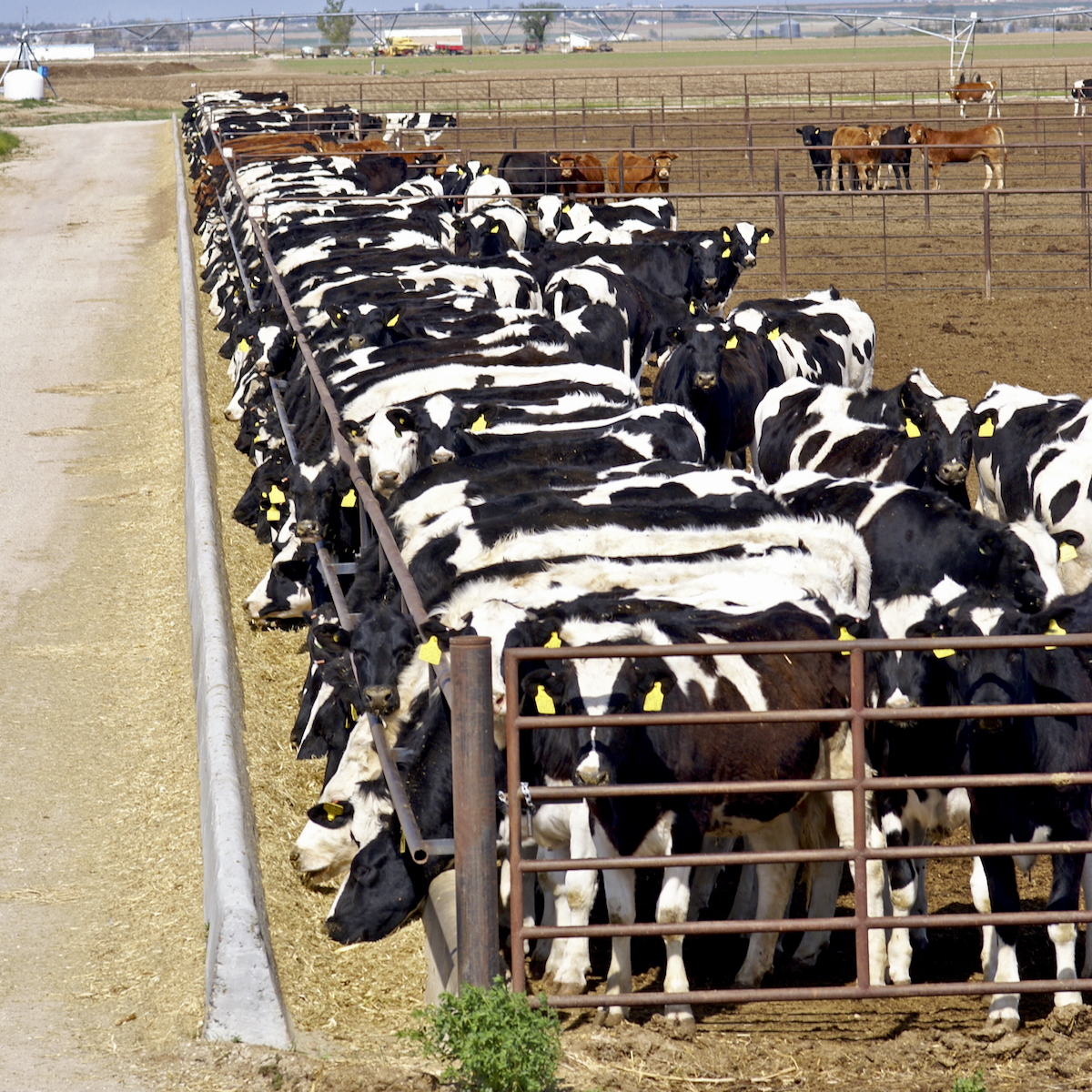
Benefits of beef-on-dairy
Crossbreeding Holsteins with beef breeds improves the meat quality without affecting milk production. Jim said beef-on- dairy can improve marbling, average daily gain, yield grade and quality grade. It also improves carcass cutability, which makes it more desirable to packers.
“Some of the issues with Holstein steers, like shape and size of strips and rib eye, all of those issues go away. And again, because of hybrid vigour, you also get improved animal health outcomes compared to the straight Holstein steer. So there’s a lot of positive things about crossbreeding.”
Jim said the eating experience of beef-on-dairy cattle will likely be better than native beef cattle. That has to do with the age at which they will be slaughtered.
“Tenderness is a function of age and slaughter, and most of these cattle are slaughtered under 18 months of age.
“They’ve been on a very high-energy dense diet, virtually for their 18 months… So, not surprisingly, it’s a very desirable eating experience, because you’ve got the high energy for a long period of time and a youthful animal when it’s slaughtered.”
Jim said beef-on-dairy cattle also have a reduced carbon footprint compared to beef cattle because the carbon associated with their mother is from the dairy side.
“Roughly you’re at least 40 to 50 per cent less carbon than for a traditional animal coming from the native beef cattle chain.”
That gives beef seed stock producers an opportunity to monetize their genetics in dairies. Important traits for beef-on-dairy cattle are good growth, carcass characteristics and feed conversion. Important traits for beef cattle, such as maternal instinct or udder quality, aren’t important for beef-on-dairy because the heifers go to slaughter as well.
Jim also said with a beef-on-dairy system, producers don’t have to align with the supply chain because there is no grazing aspect.
Concerns and challenges
With beef prices high right now, cross-bred calves have doubled in value, so interest in beef-on-dairy is high.
However, there are concerns. Dairy producers want to ensure that conception rates, the number of stillbirths and gestation rates are comparable to breeding their cows with Holstein semen.
Jim says he has no concerns regarding this.
“Obviously it’s not particularly difficult to meet those criteria with the native selections that we have available.”
Because the beef-on-dairy calves won’t be raised in a traditional sense and will also be butchered earlier than the average beef cow, there is also the challenge of raising them until they are ready for slaughter.
To solve this, beef-on-dairy cattle go through a unique production system, where they are taken from the dairy to a calf ranch. They are bottle-fed for the first 40 to 50 days, then transitioned to a full-fed diet, which they’ll be on for a year before slaughter.
Jim said some calf ranches have up to 200,000 hutches on a single site, and each calf gets a bottle twice a day, so often there can be around 2,000 employees to tend to the animals.
“From a calf ranch perspective, it’s easier to deal with a (beef on dairy) animal than it is a Holstein steer because of improvements that you get in gain and conversion, and also the heterosis effect on morbidity and mortality. So they’re pretty happy with this whole deal.”
Data
Because dairies exclusively use artificial insemination, Jim said it is easy to link all the data related to the background of cattle and calves, and of their futures.
“You keep track of them through the calf ranch, through the feedlot, all the way through to the front door of the packer.”
Some of this is done on the beef side of the spectrum, but not at the same scale as the dairies. He said there is a benefit to having complete records on feeder cattle from birth to slaughter and to have access to the phenotypes of cattle for expected progeny differences (EPDs).
“You have the true ability here to create an aligned value chain, where you can all benefit from owning that animal from birth to death.”
With the dairies already using data like this, the beef-on-dairy system allows this level of data tracking to enter the beef space.
“Really, nobody’s been able to do this on this scale in the beef cattle world, and you can do it in this system.”
Beef cattle
Jim said he sees benefits in this system for seed stock producers. Because dairies commonly use sexed semen and genetics are important, seed stock producers can use that to their advantage.
“If you’re a seed stock producer in North America, you got to be pretty happy with this deal, because now you have a customer that is going to be able to sell a large amount of semen. We’re not talking hundreds of thousands of doses here. We’re talking millions of doses.
“On the native cattle side, I don’t really see it as a threat.”
However, according to an AgProud article by Adrianne Trennepohl, the rise of beef-on-dairy in the beef sector has made the competition steeper for native beef cattle. And with the size of the beef herds in Canada and the United States shrinking and not expected to increase, there is opportunity for dairy producers to fill the market.
Jim, on the other hand, said he thinks the market is expanding, and there is room for both commercial producers and beef-on-dairy cattle. Some native cattle producers are worried beef-on-dairy will overtake the feeder cattle market, but Jim says they shouldn’t worry because it won’t change the number of animals in the feeder market by much.
“You will have more heifer calves… but you’re not meaningfully changing the total number of animals that would have gone into the feeder market as Holstein steers compared to (beef-on-dairy) cattle. Maybe a little bit more, but it’s not going to be a massive amount.”




